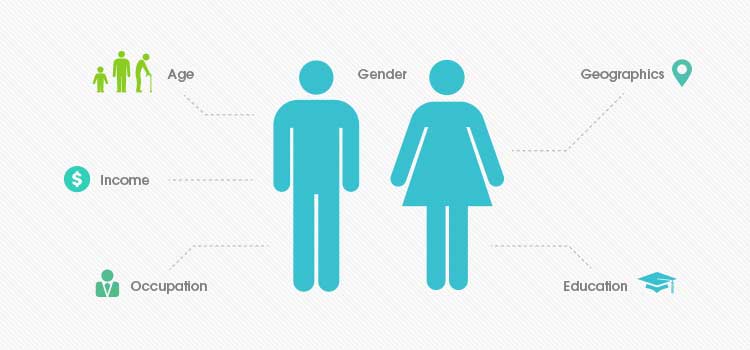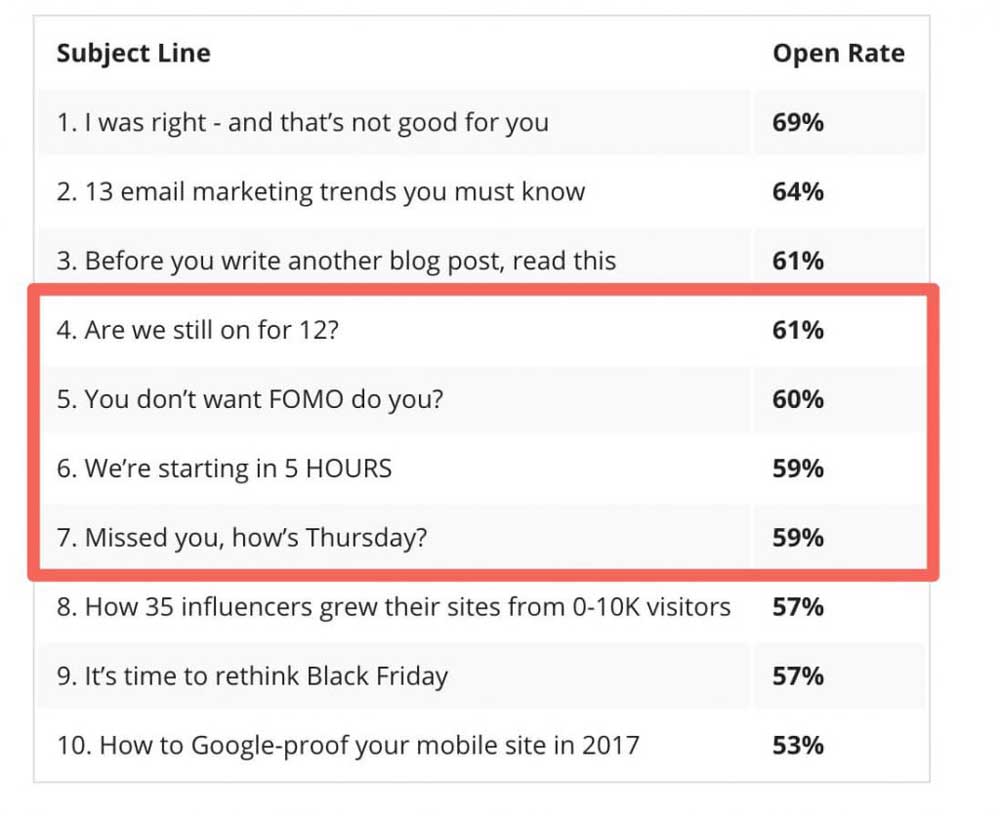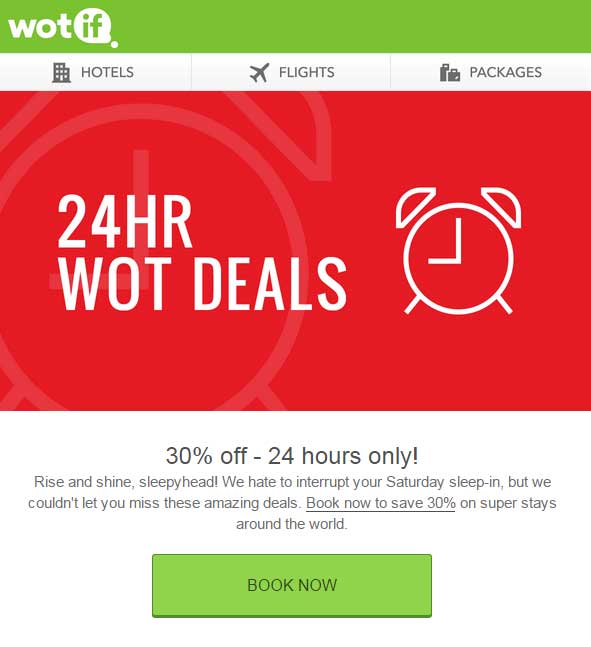How to Master Your Event Email Marketing Strategies in 7 Steps
Nearly 307 billion emails were sent daily in 2020, with even higher numbers projected for the future. Email marketing remains one of the most efficient channels for business communication, allowing you to segment your target audience and deliver customized messages that can increase user engagement and interest.
A study by the DMA found that for every $1 spent on email marketing, there is an average $38 return on investment (ROI). Although every marketer has a unique perspective and a specific way of identifying the most useful marketing toolkit, it’s important to stay up to date on the latest trends that will boost your email marketing game.
How to master your email marketing strategies
Here are curated solutions to help you boost event attendance or engagement online through your email marketing efforts:

1. Know your audience
Before you even think about emailing out event details, remember to carefully consider who you are targeting.
Who would you like to attend your event?
Who will get the most value from it?
Who will be interested enough to open the email?
Use an email lookup tool to find out more about your subscribers and people who have expressed interest. This type of tool can help you learn more information about your prospective audience, including their age, location, occupation, and other key metrics.
For more on building a solid target market, click here.
2. Build an email marketing campaign
Once you collect customer data, you can use event email segmentation to customize emails to send to different groups of customers. This allows you to personalize your messages and only send relevant information to prospective attendees. Keep in mind that your goal is not to send out as many emails as possible. Instead, it is to get as many people as possible to attend your event and/or open your message.
So, it is incredibly important that the emails you send are sent to those who will be interested and benefit from your event rather than sending them to spam.
Event trends and technology often overlap today. For example, you can use smart content that automatically adjusts part of the messaging based on the location where the reader is located. People attending a conference in New York may see one image of the event while those attending in San Francisco see another to reflect their interests and better attract them to your content.

3. Avoid the Spam Filter
You don’t want to curate the perfect message just to have it waste away in spam filters. Too many emails sent to spam can lead your account to get flagged! You can avoid the spam filter by:
-
Building a solid list of subscribers who have opted in for your campaign by choice
-
Personalizing messages and subject lines
-
Making your email content relevant to your readers
-
Using engaging content that is unique
4. Integrate different Content
One of the latest email trends is to use interactive content and other forms of engagement to build anticipation for your event and get people hyped!
You only have 11 seconds to catch a reader’s attention, so maximize interest with engaging content, GIFs, videos, interactive quizzes, and other creative content designed to capture their attention. Videos can drive subscriber engagement and curated content can improve click through rate.
All of these tools can be used to help you increase sales and garner the best results from your email marketing strategy.
5. Make it easy to sign up
Do not leave your readers wondering what you are asking them to do. Make it easy for them. Include an easily accessible button or form for people to sign up and respond to your email. So, before building your campaign, identify the purpose of sending it and the results you wish to see; conversions, sign ups, ticket sales, etc.
Tip: Make your call-to-action a different color than the rest of the text or design in the email to draw more attention to it.

6. Offer social proof
Social proof is one interesting principle involved in persuading others. It is premised on the idea that people will follow others’ actions. Another form of this is seen in reviews and ratings when deciding whether or not to purchase a product online.
Show that your event is socially accepted and desired by others by displaying photos of happy attendees at previous events, including testimonials from previous attendees or current sponsors, advertising the media coverage you have garnered for the event, or otherwise featuring others enjoying or supporting the event.
This will make customers feel more comfortable about purchasing tickets or using links in your email.
7. Optimize emails for mobile
According to Pew Research, over 77% of American adults owned a smartphone in 2018, doubling the number since 2011. Many teens and younger kids also have their own smartphones, too, which is useful to know if your event targets kids or families.
Most people read emails and respond to events directly from their phones, so be sure that your messages are optimized for mobile use. You can integrate a responsive template that adapts to fit any screen size. And be sure to preview your message before sending it!
Putting it all together
By taking a careful look at your targeted audience, using an email lookup tool, integrating different content, and using these best practices, you will surely increase your email response rate and your overall attendance numbers.
Author: Emily Andrews
Emily Andrews is the marketing communications specialist at RecordsFinder, an online public records search company. Communications specialist by day and community volunteer at night. She believes in compassion and defending the defenseless.






